Pokémon: 7 Most Important Quality Of Life Changes In The Main Games
Table of Contents
With so many entries in the mainline Pokémon game series, these proved to be the most important quality of life changes made in the franchise.
You Are Reading :Pokémon 7 Most Important Quality Of Life Changes In The Main Games
Category : Pokemon
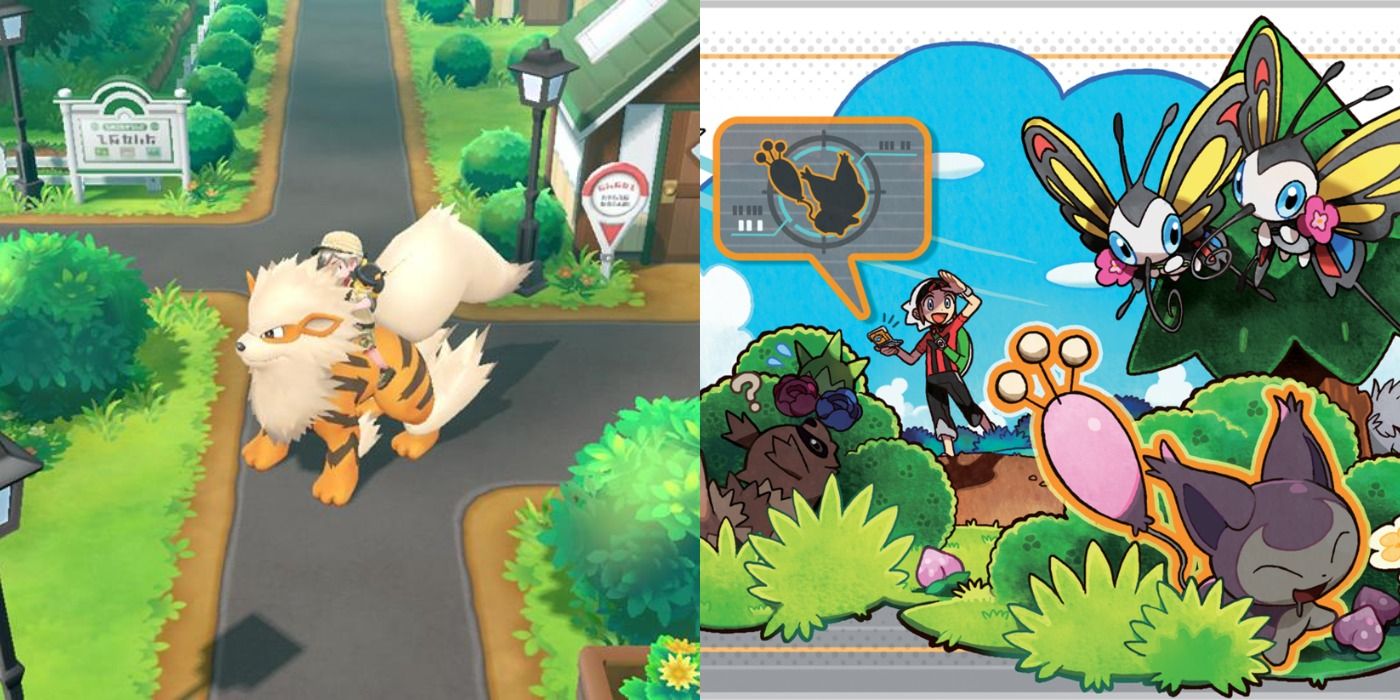
The mainline Pokémon games have largely stuck to the same tried-and-true overall formula. In some cases, however, new games brought simple yet vital changes to improve the experience. Sometimes, certain core gameplay features that fans loved were unceremoniously removed. In other cases, various quality-of-life changes stuck around and streamlined the Pokémon experience.
With several features, they proved to be so convenient that it’s safe to assume at this point that most of them will remain in some form or another for every future entry in the series, including the upcoming Brilliant Diamond and Shining Pearl. These adjustments were largely made to the main single-player questline, but others contributed to improving the competitive Pokémon metagame as well.
7 The Physical/Special Split
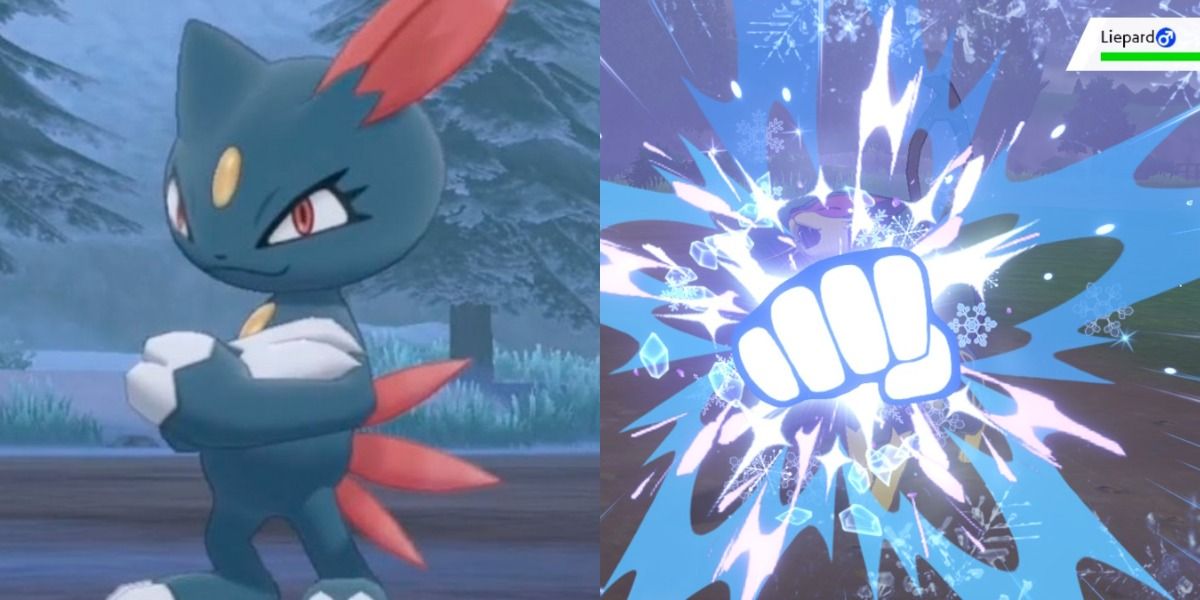
The stat split of Physical/Special is a strong example of a gameplay mechanic and quality-of-life change that permeated notably in both the single-player and multiplayer aspects of the Pokémon games. The only main stats in the first three generations were Attack, Defense, Speed, and Special. There was no distinction between offensive moves that make physical contact and those that don’t.
Generation IV incorporated this and greatly impacted how offensively viable certain Pokémon and their moves were. For instance, Sneasal, which is an Ice/Dark dual-type, got the short end of the stick since most Ice and Dark-type moves for Pokémon were Special. Once the Special Attack (and defense) stat was introduced, it allowed Physical/Special attackers to play to their strengths, as well as introducing a wider variety of attacks to benefit both offensive categories.
6 Cutting Out HMs
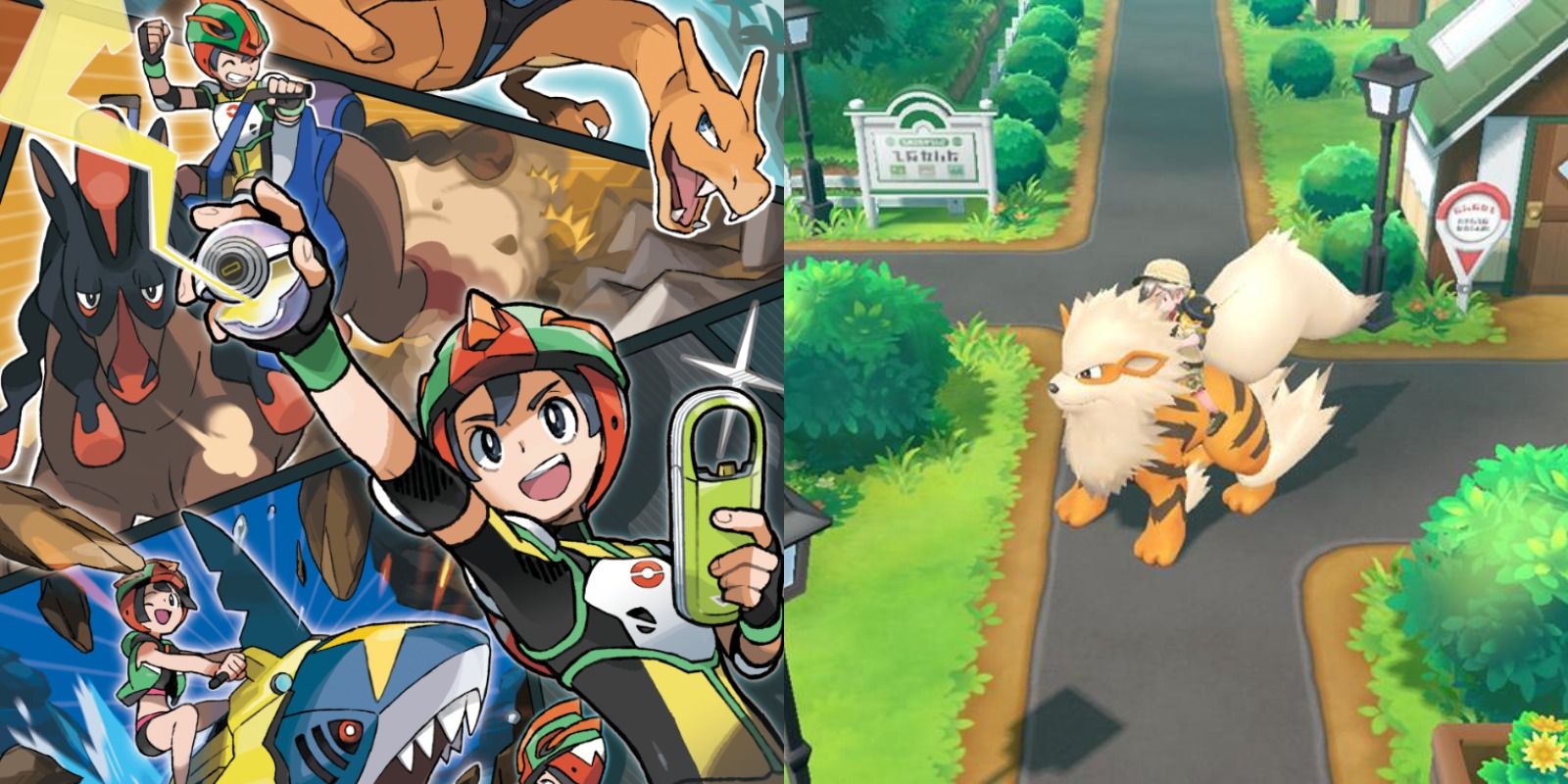
A rather infamous mechanic in early generations of the mainline Pokémon games that lasted far longer than they should have was the Hidden Machine (HM) system. These were special moves that are often required to get through the world, i.e. cut down trees, break rocks, move boulders, etc, and needed couldn’t be deleted afterward as simply as others. It’s understandable where Game Freak was coming from in the inception of this feature, but it often resulted in making players have to sacrifice one of their Pokémon’s move slots on an HM that might prove little use outside of overworld traversal — or sacrifice an entire team slot for an “HM mule.”
The Alola games did well to get rid of this mechanic and replace it with “Poké Ride” Pokémon the player can call to traverse environmental obstacles. This quality-of-life feature carried over into the following games, just not under the same name. This serves the same function of emphasizing the sense of adventure and exploration while making things much more convenient.
5 Reusable TMs
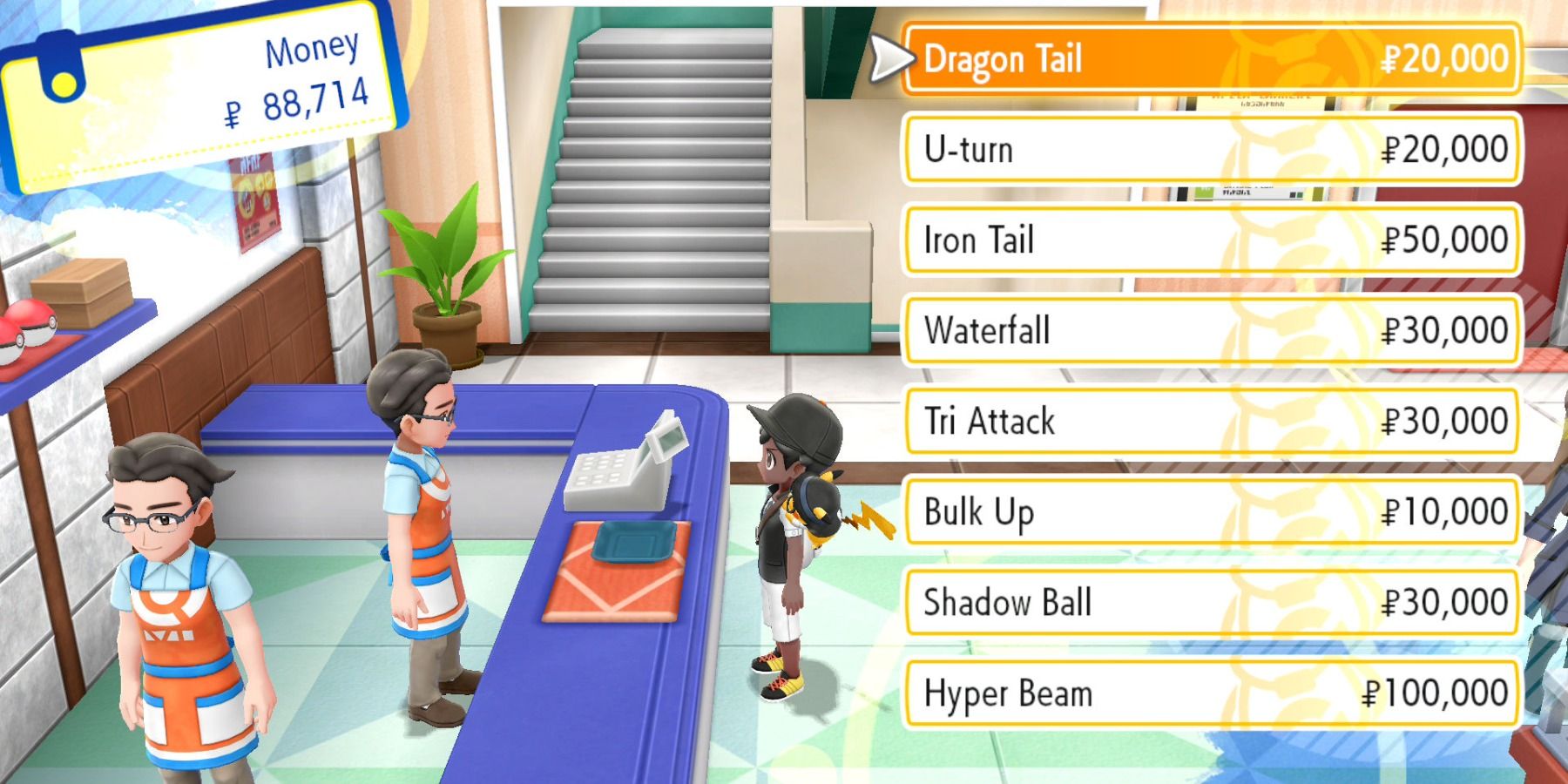
Technical Machines (TMs) are similar to HMs but aren’t required for overworld traversal and can be easily overwritten for any other learned moves. It could be seen as a way of encouraging the player to think about their team composition and move sets, but single-use consumable TMs could be frustrating since the stories of the Pokémon games were never particularly difficult and made competitive battling needlessly limited. Rationing out the best TMs was a letdown in certain cases because many moves could provide great coverage options for different Pokémon in battle.
The Generation V Unova games made TMs have infinite uses upon receiving them, allowing much better variety in move sets for players’ different team members. Pokémon Sword and Pokémon Shield essentially reintroduced the old TM model on top of the new one with Technical Records (TRs), giving players even more battling options.
4 Gaining EXP In Wild Battles
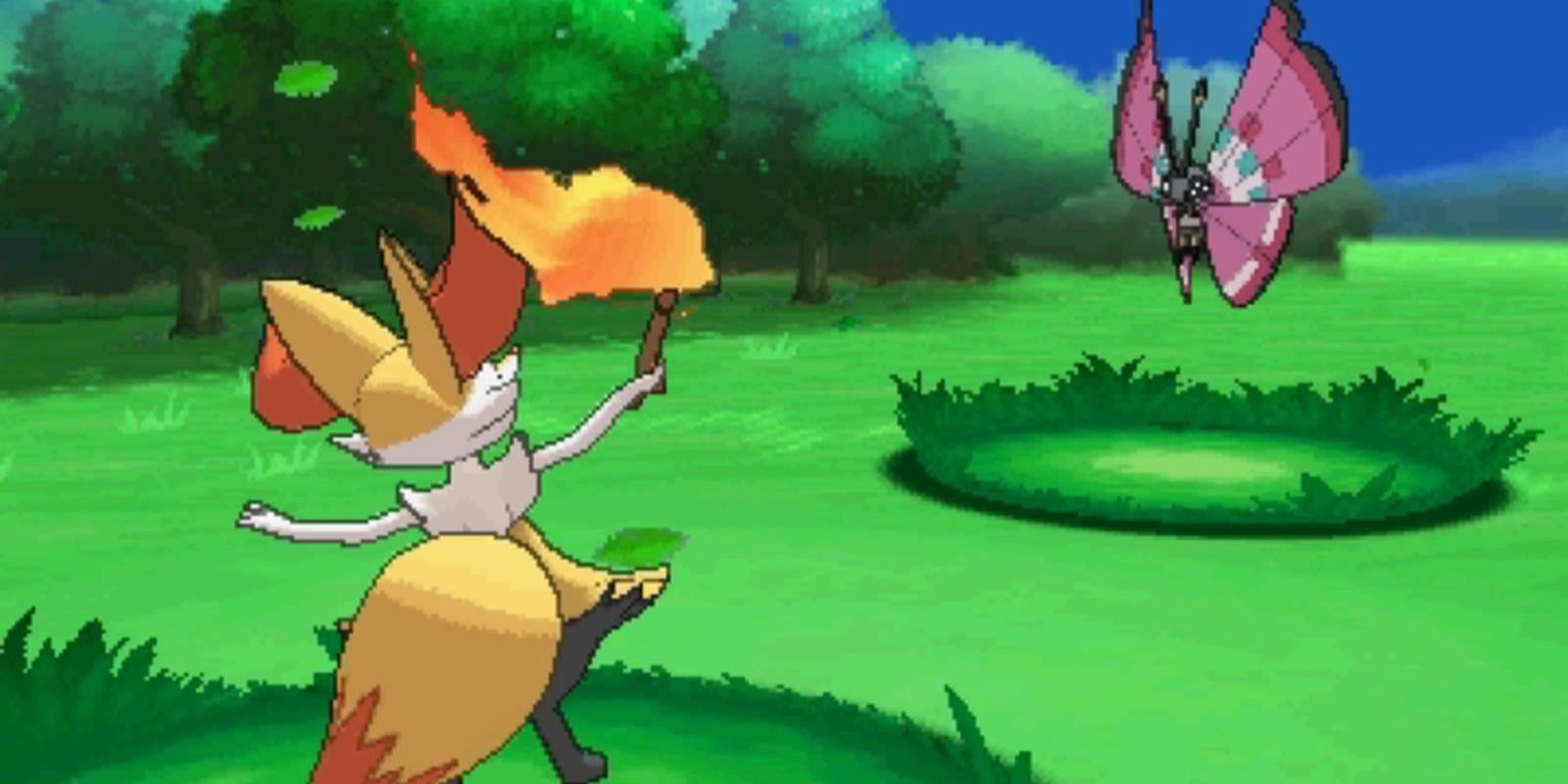
Fans had been asking for Experience (EXP) gains when catching wild Pokémon for generations of games, and Generation VI finally delivered. From Kanto to Unova, experience points were gained only in wild encounters, causing the target to faint, like in trainer battles.
In Pokémon X and Pokémon Y, the game introduced a sort of compromise feature in that the trainer’s Pokémon would gain a smaller amount of EXP when catching a wild encounter as opposed to the amount when knocking one out. Gaining EXP from catching Pokémon makes sense, and the tradeoff in the exact amount earned in fainting vs. catching represented a reasonable balance.
3 Default Running
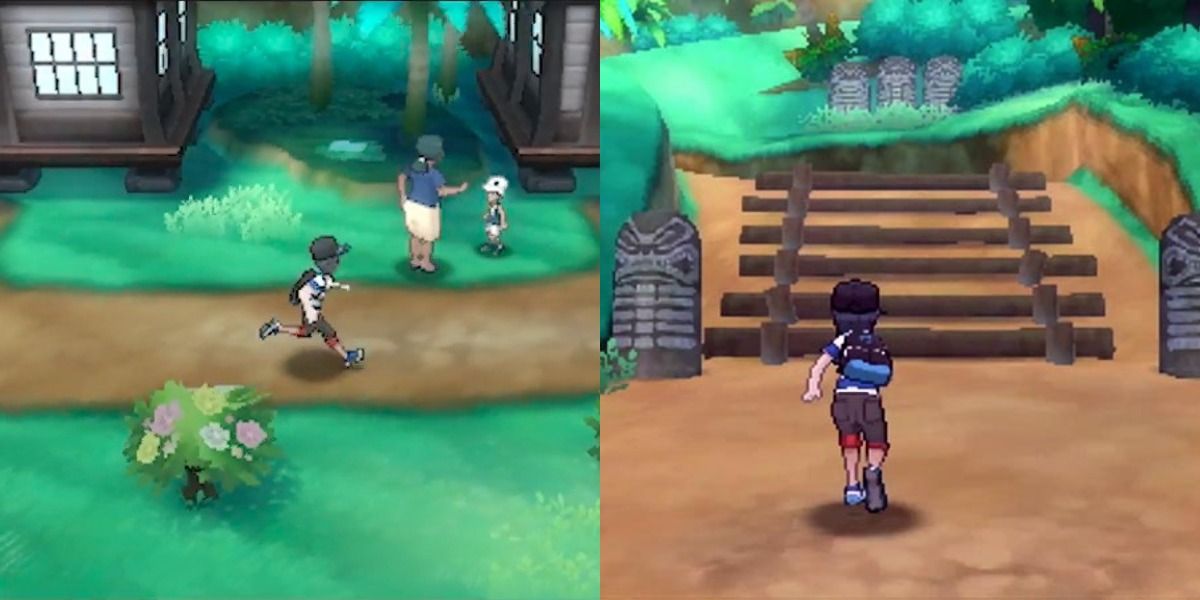
The overall state of technology over the years is a factor here, but the first two generations of Pokémon games require more patience to play given the literal pacing of movement in the games. The Running Shoes are another case of a basic quality-of-life change but a vital one in improving the pace of gameplay in the overworld.
Generation III, in Pokémon Ruby and Pokémon Sapphire specifically, introduced the Running Shoes, gaining improvements over time. Players could eventually run indoors, and Pokémon Sun and Pokémon Moon made running a default mechanic instead of an ability gained from a separate item. Biking is a great feature, but default running is absolutely a necessity for modern games to thrive going forward, especially if the open-world Pokémon Legends turns into another series.
2 Streamlining EV/IV Training
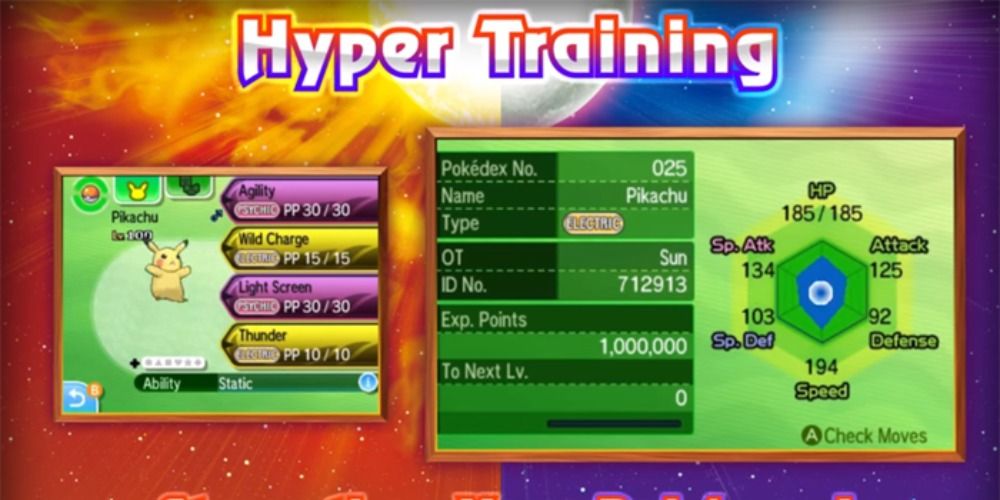
Effort Value (EV) training is essentially exclusive to the competitive metagame, and for several generations, its accessibility was incredibly obscure. EVs were eventually made more visible, and mechanics were implemented to allow players to have more control over those stats.
Generation VI had the Super Training feature that allowed the trainer’s Pokémon to engage in minigames that increase their EVs. Generation VII later had the Poké Pelago that gave players a passive EV training feature and even consumable items with Bottle Caps to increase Individual Values (IVs) in Hyper Training, as those had been even more inconvenient to control in the past.
1 The DexNav
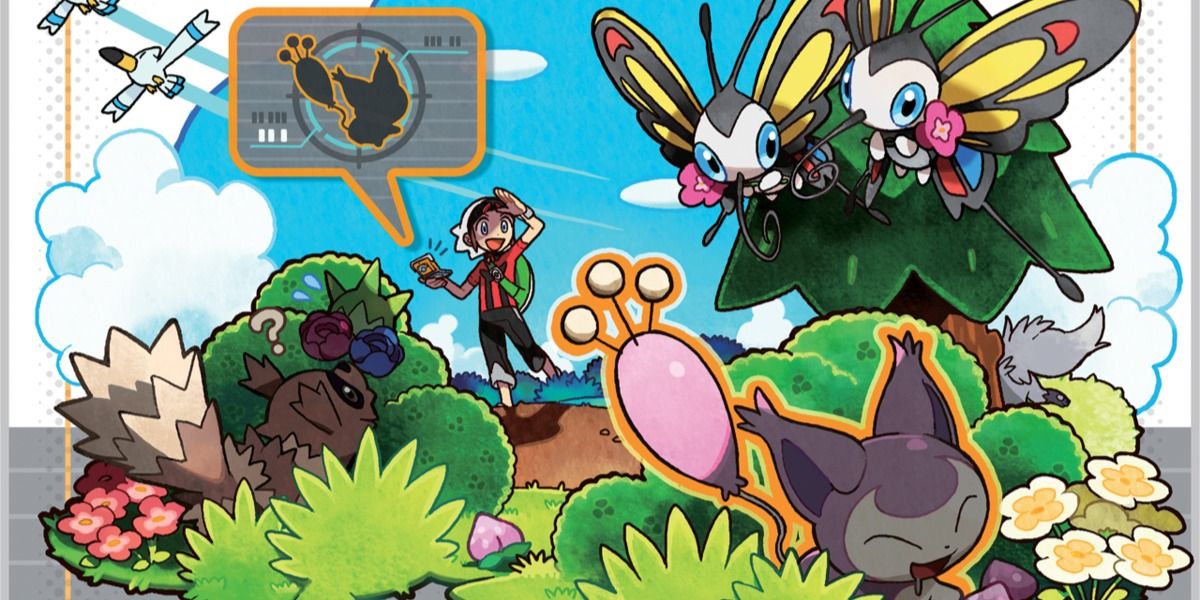
A beloved feature incorporated into the Hoenn remakes on the 3DS, Pokémon Omega Ruby and Pokémon Alpha Sapphire, was the DexNav for tracking wild Pokémon. That’s why it was a shame that this became one of the innovative new features that were quickly thrown aside in the generation that followed.
The DexNav showed players on the device’s touchscreen the wild species that were in their immediate area, with previously caught Pokémon having their full sprite filled out and uncaught Pokémon displayed as dark silhouettes. It would even show players what kinds of in what tiles the wild species would show up. It’s a shame this feature has gone by the wayside, as it was a convenient, streamlined quality-of-life adjustment to the catching gameplay loop. Many fans still hope to see it return someday.
See more : PokemonWe
